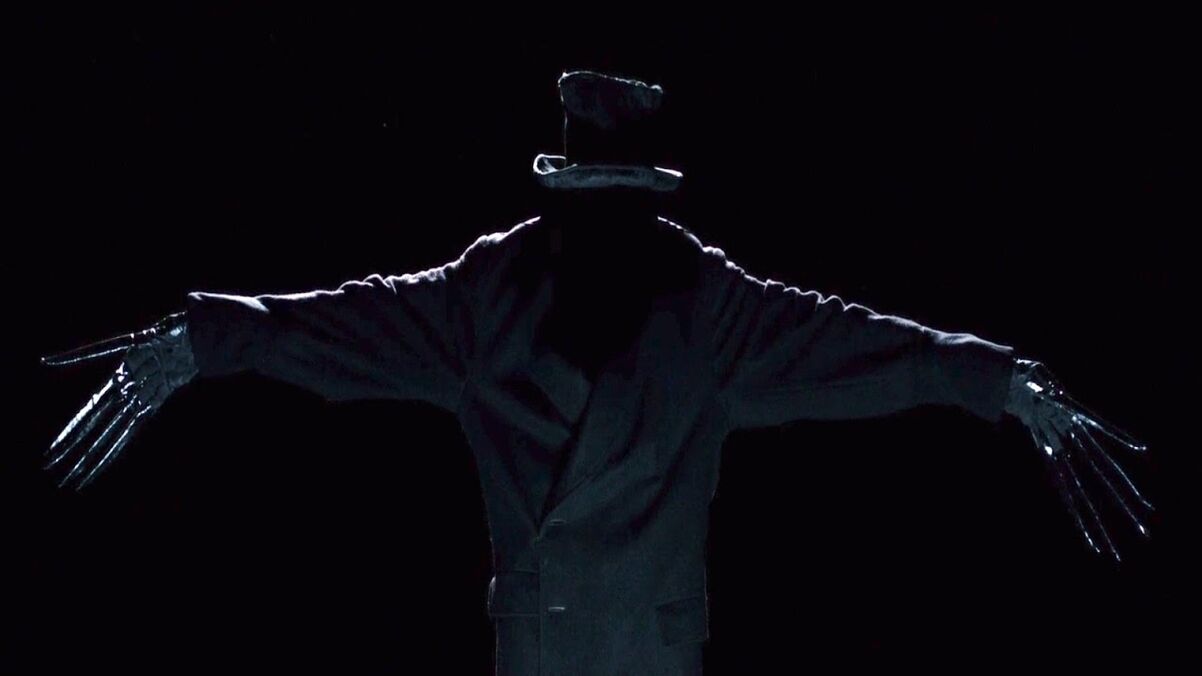2017 is the year of the gay villain.
First, it was the Babadook being reclaimed as a gay icon. Then, it was the devilish clown Pennywise from this summer’s smash hit It. There are even movements online to ship the two together. In a year of oddities and subversions of expectations, the queer evil trend may be pop culture’s strangest invention.
Of course, it’s not really a new invention: For decades, villainous characters from Disney movies and more have been coded as gay without explicitly being identified as such. Their queerness is coded in stereotypes: the lisp, the effeminate movement, the pure love of drama. The Sissy Villain opposing a hetero-defined protagonist is a tale as old as time.
What’s different now is that the queering is happening as a reclamation, not as an assignment from the creators. The Babadook and Pennywise are not given the same queer layers in their creation as Scar from The Lion King, or Him from Powerpuff Girls. Instead, audiences are reading into the characters’ attributes to reverse-engineer gayness in them. It’s a radical shift, one that comes at a time when queer representation in media is more scrutinized by members of the LGBTQ community than ever.
Until quite recently, the gay villain stereotype was a matter of community frustration. The cliché was tired at best; at worst, it preyed on the idea that someone’s gayness could be deduced simply from their voice. Moreover, a more harmful version of the Sissy Villain trope the Depraved Homosexual preys on ugly myths about gay people, like the disproven theory that gays are more likely to be child molesters.
More recently, however, there’s been a reconsideration of these characters as iconic because of their queer coding. What once inspired groans now inspires a joyous chorus of yaaass. And this is the key: Through that reconsideration, the idea of reclaiming others as gay was born.
So when the Babadook joke first came to light on Tumblr and Twitter, it may have seemed odd that it was so quickly embraced. But in retrospect, it makes sense. On the one hand, villainous characters are still evil, and coding them as gay feels reductive. On the other, queer readings take what was once seen as negative the voice, the drama, the effeminate attributes and celebrate them.
Great thing about being gay: we’ve survived so much bullshit that we now effortlessly turn terrifying monsters into gay icons for fun: pic.twitter.com/dOrF0N12fy
— Carlos Maza (@gaywonk) June 7, 2017
When the Babadook meme went viral, Vox’s Carlos Maza shared an observation that still sticks with me: “Gay people identify with monsters because we grew [up] fearing we might be one.” It sounds simplistic, but it’s so plugged into the ideas of gay shame, and how internalized homophobia affects young, queer people. ‘Am I a monster because of who I am?’ No, of course not but it’s fun to imagine scaring the bullies who made us feel like monsters anyway.
This Halloween, as you go to parties and see gays in costumes, look for the villains. Look at who is identifying as what. There will be all-but-certainly a ton of Babadooks and Pennywises. Then imagine all that it took to get to a place where so openly embracing looking like a villain felt comfortable for LGBTQ people. It may seem not that deep, but there’s more in the history of queer villainy than you’d expect.
Don't forget to share:
Help make sure LGBTQ+ stories are being told...
We can't rely on mainstream media to tell our stories. That's why we don't lock our articles behind a paywall. Will you support our mission with a contribution today?
Cancel anytime · Proudly LGBTQ+ owned and operated
Read More in Culture
The Latest on INTO
Subscribe to get a twice-weekly dose of queer news, updates, and insights from the INTO team.
in Your Inbox













